AI is changing foresight. What once took weeks of manual scanning and analysis can now be done in a fraction of the time. But speed is not enough. In foresight, the real currency is trust.
Read now →Blog
Tips for doing your own foresight.
How AI fits into the three building blocks of foresight
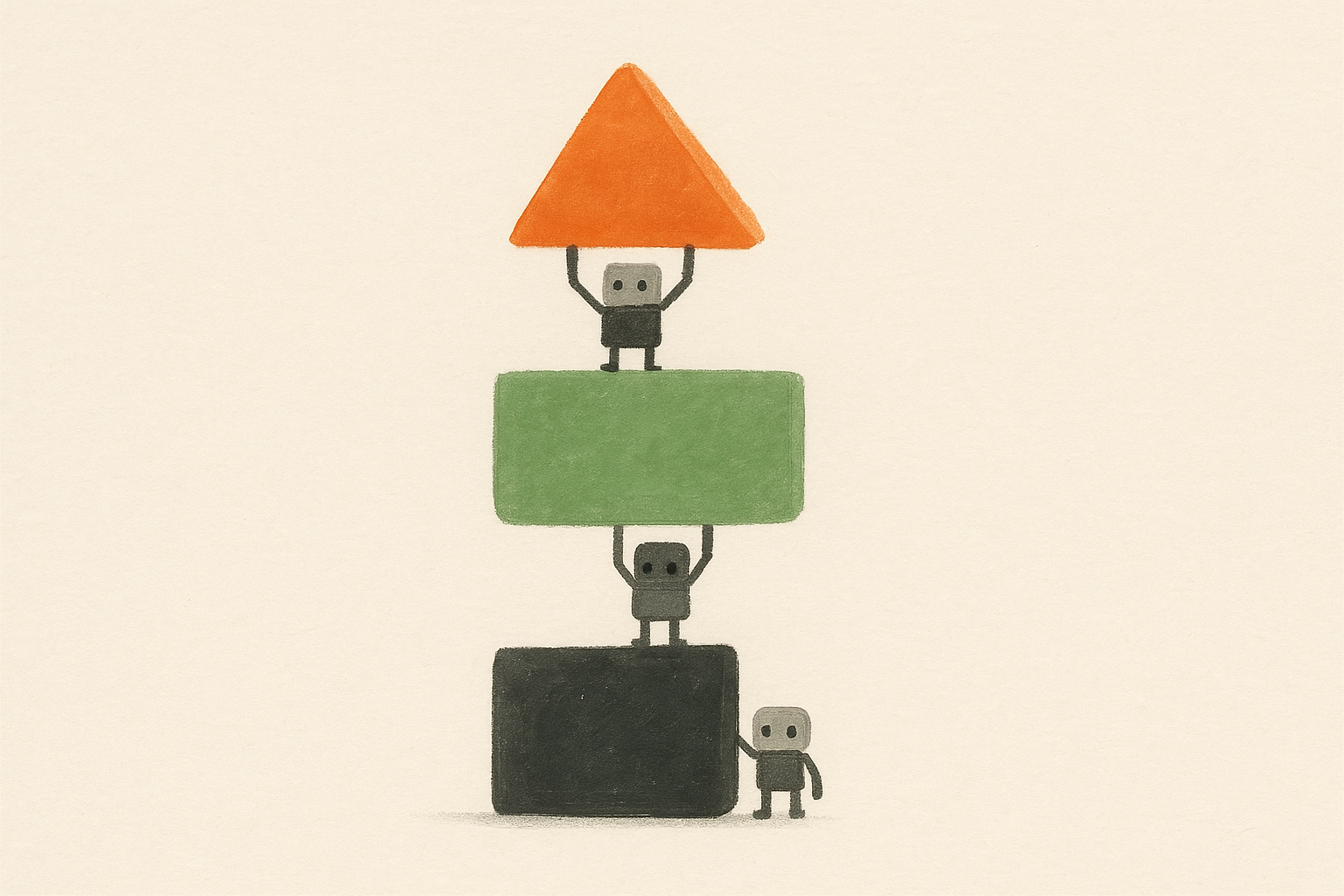
Every foresight professional faces the same challenge: how to build a practice that is consistent, credible, and impactful. Tools alone won’t do it. Neither will inspirational speeches about “thinking futures.”
Read now →Why generic AI won't give you a foresight edge
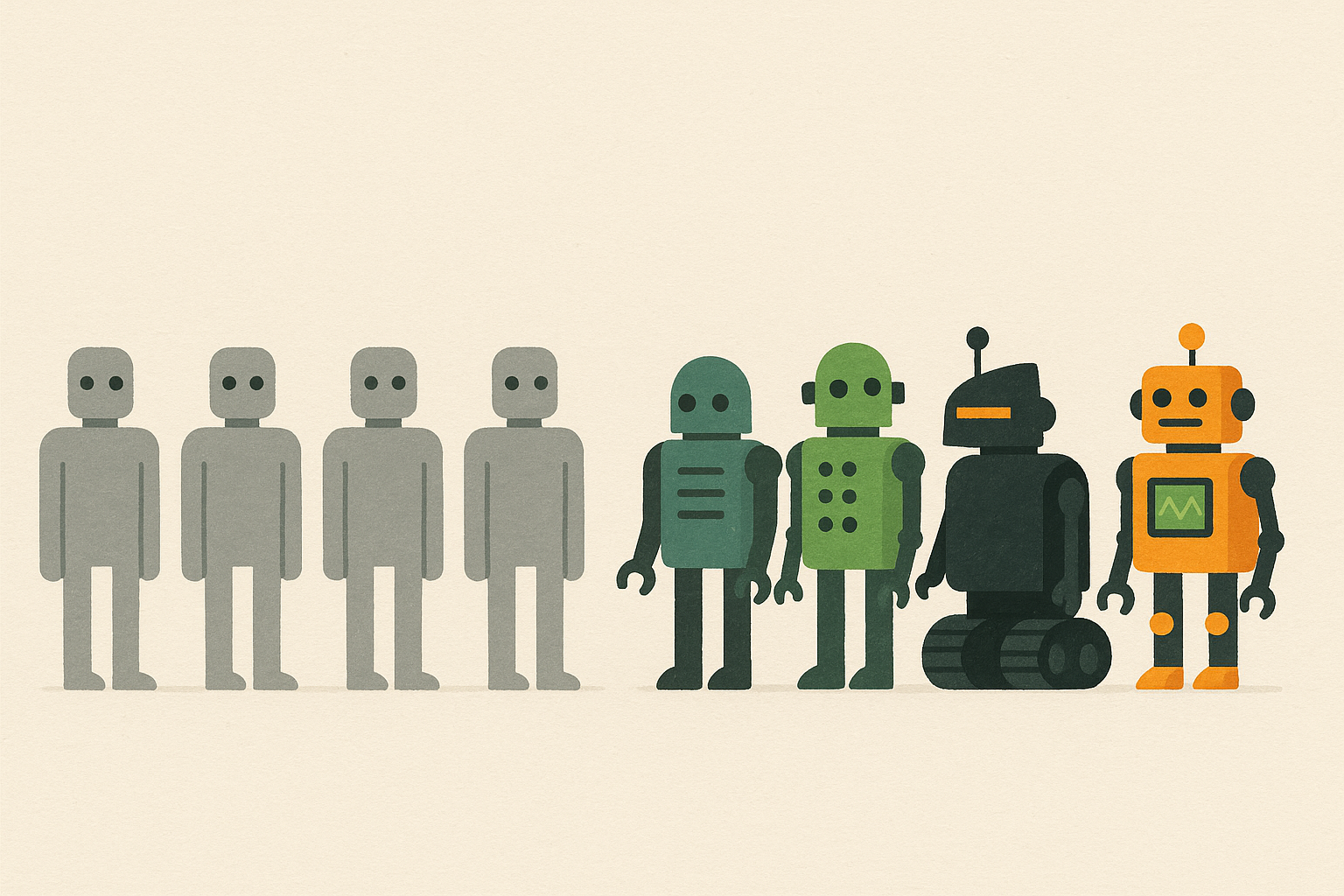
The rise of generative AI has changed how we work. Tools like ChatGPT, Gemini, or Perplexity can summarize reports, draft emails, and brainstorm ideas in seconds. For foresight professionals, they offer an easy entry point to explore futures questions with a simple prompt.
Read now →Behind the build: How we turned AI into a teammate for foresight work
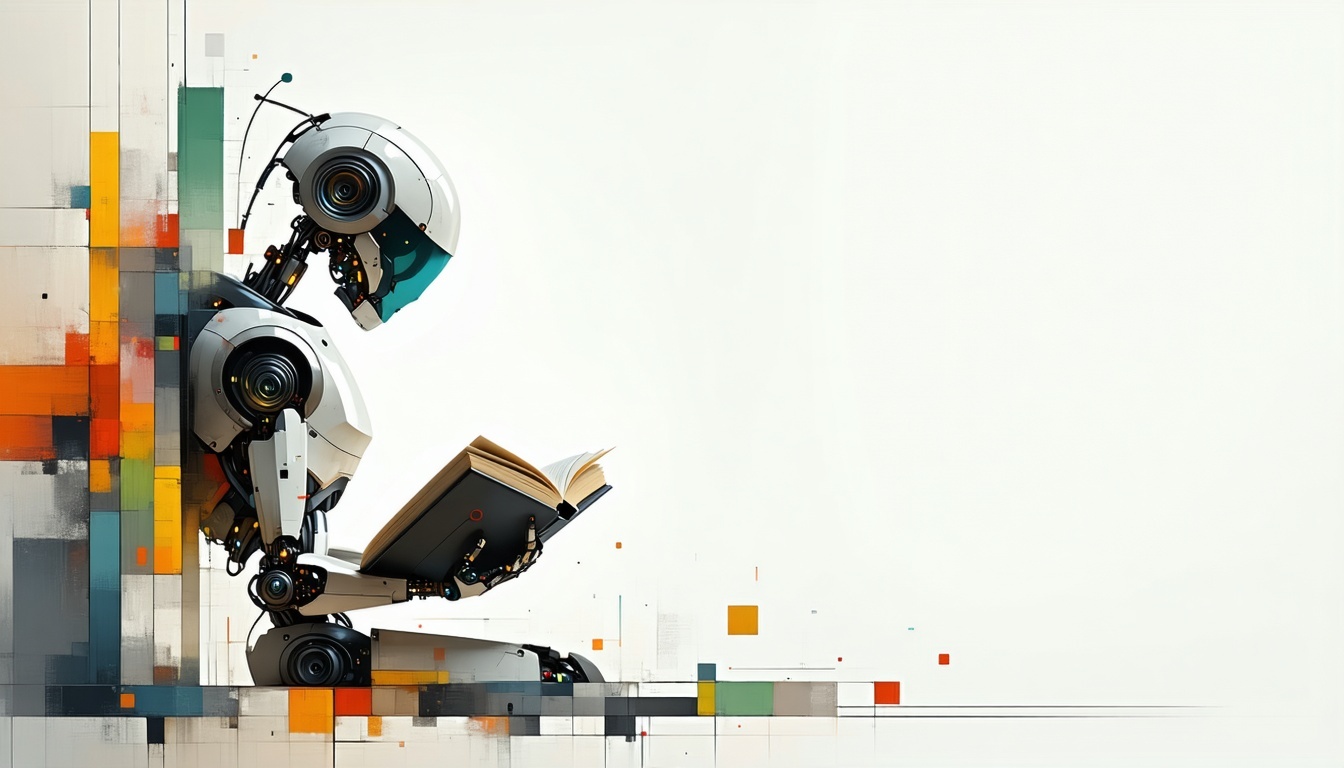
Foresight professionals are under more pressure than ever. They’re expected to deliver meaningful insights quickly, stay ahead of change, and support strategic decisions. And all this with limited time and resources. The volume of information is already challenging, but turning that flood of data into something useful is the real hurdle.
At FIBRES, we set out to solve this problem in a bold new way.
Read now →Why foresight is everyone's job now and how to make it work cross-functionally
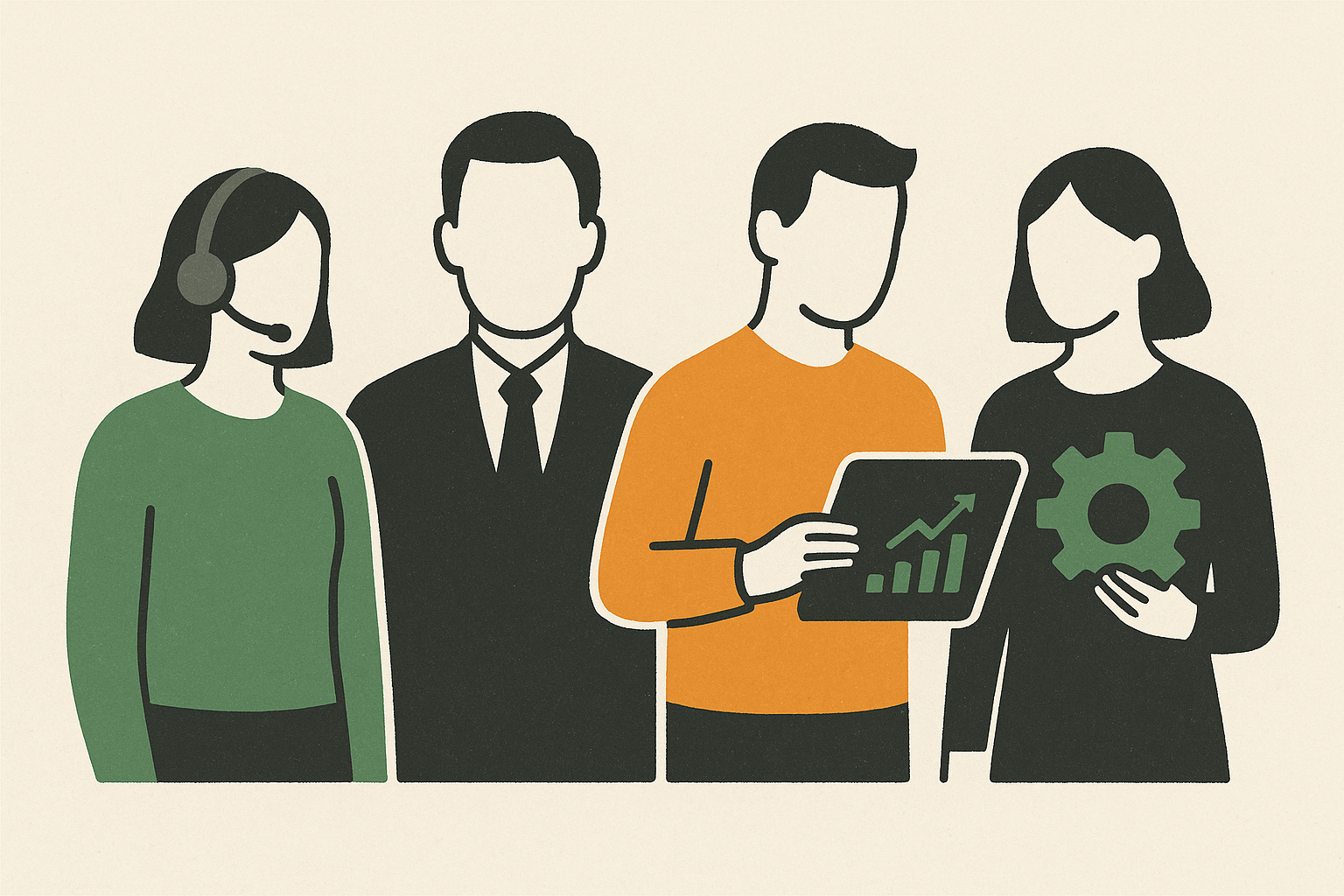
I’ve often argued that the first step towards foresight work is simply to start talking about your future. Also I think such conversations can no longer be left to a handful of specialists hidden away in strategy units or innovation labs.
Read now →What makes a great foresight radar? 5 lessons from a foresight expert
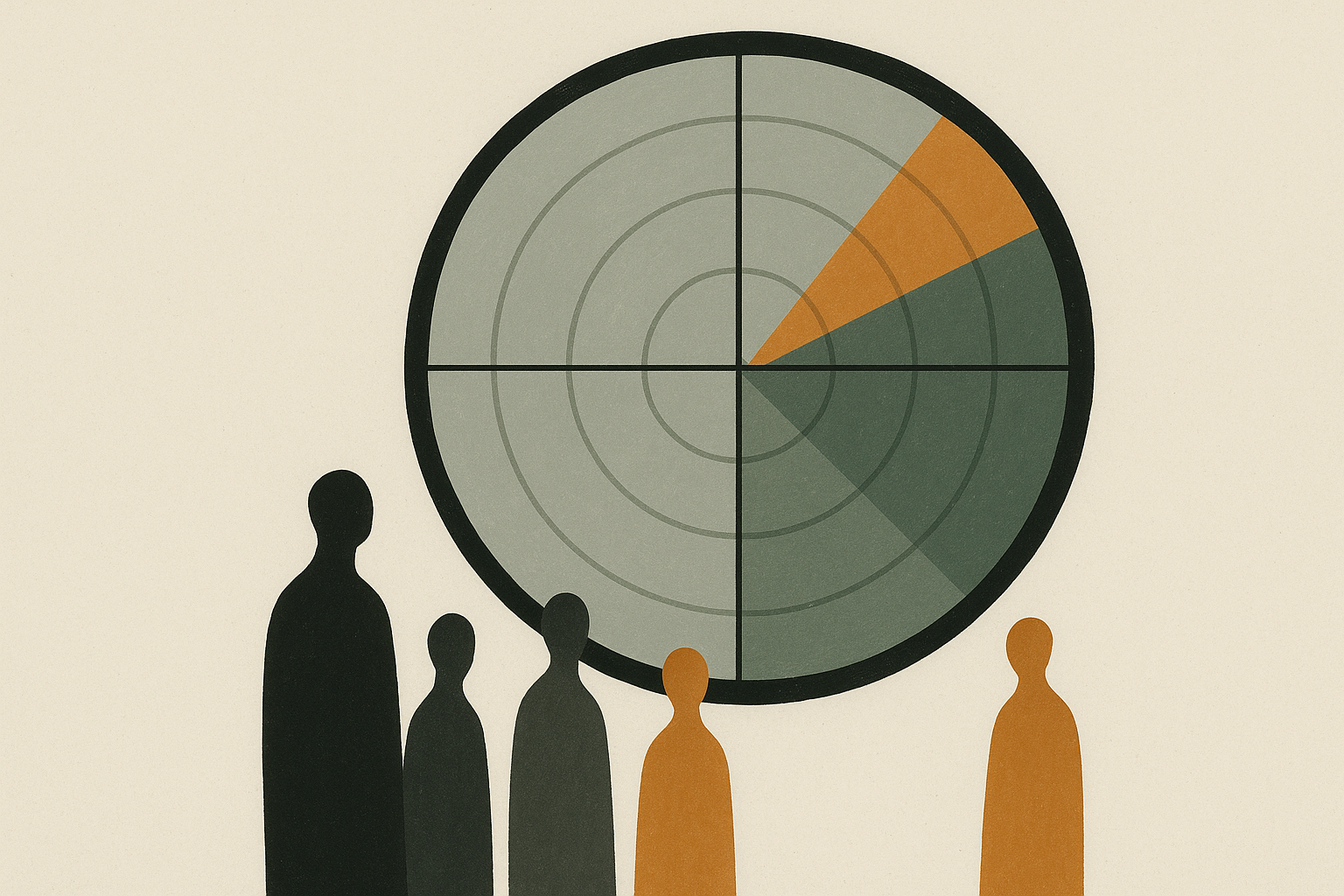
The foresight radar has become one of the most recognizable tools in futures work. Done well, it’s more than a visualization, it’s a living map of what could shape our tomorrow.
Read now →The foresight bottleneck is broken: what agentic AI changes (and what it doesn't)
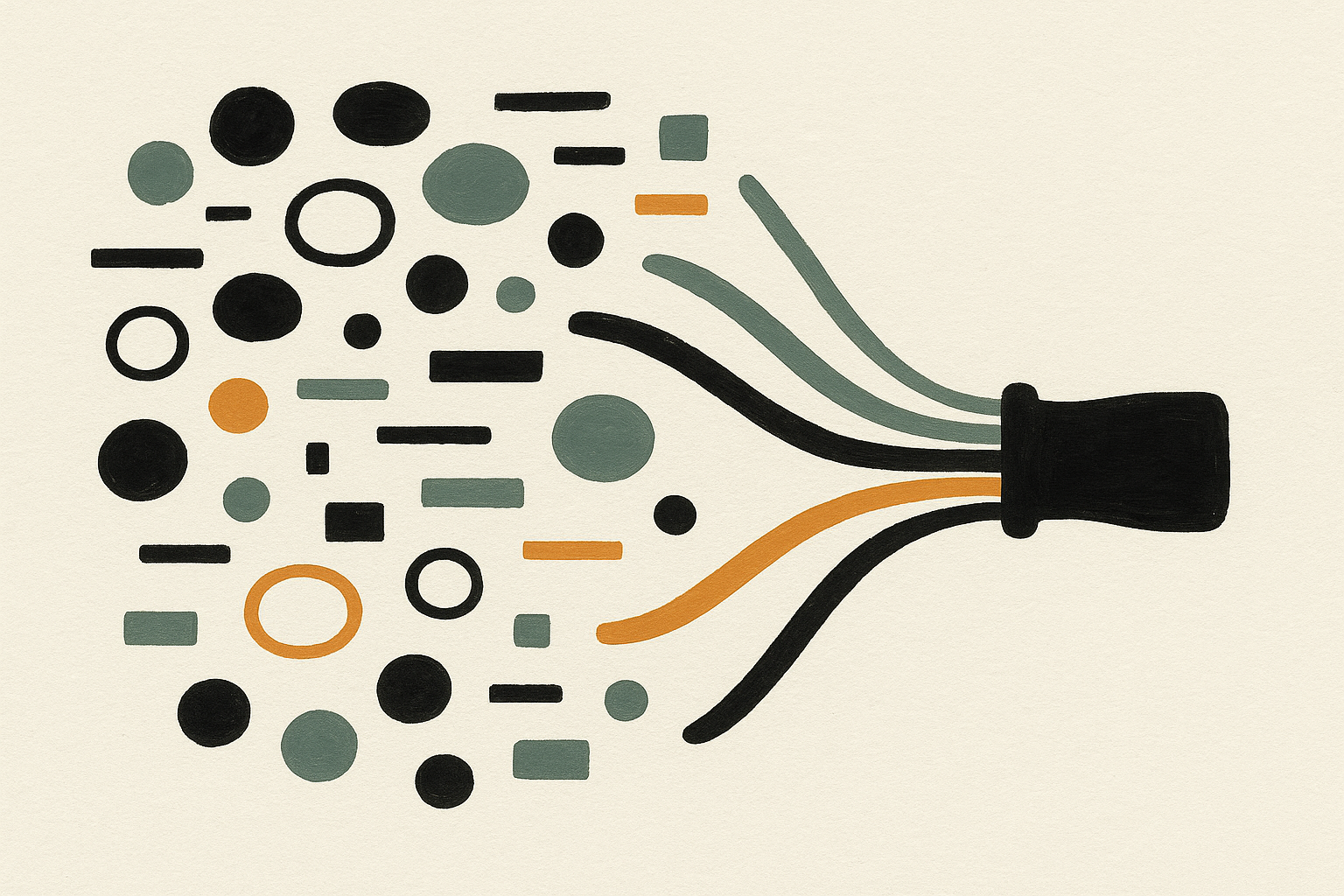
If you work in foresight, you know the feeling. Endless context-switching. Drowning in signals and data. Colleagues asking for fast answers while you struggle to ensure engagement. And too often, little visibility into the actual impact of all your hard work.
Read now →Inspired by Nordic Business Forum 2025: Introducing the future-ready business trend radar
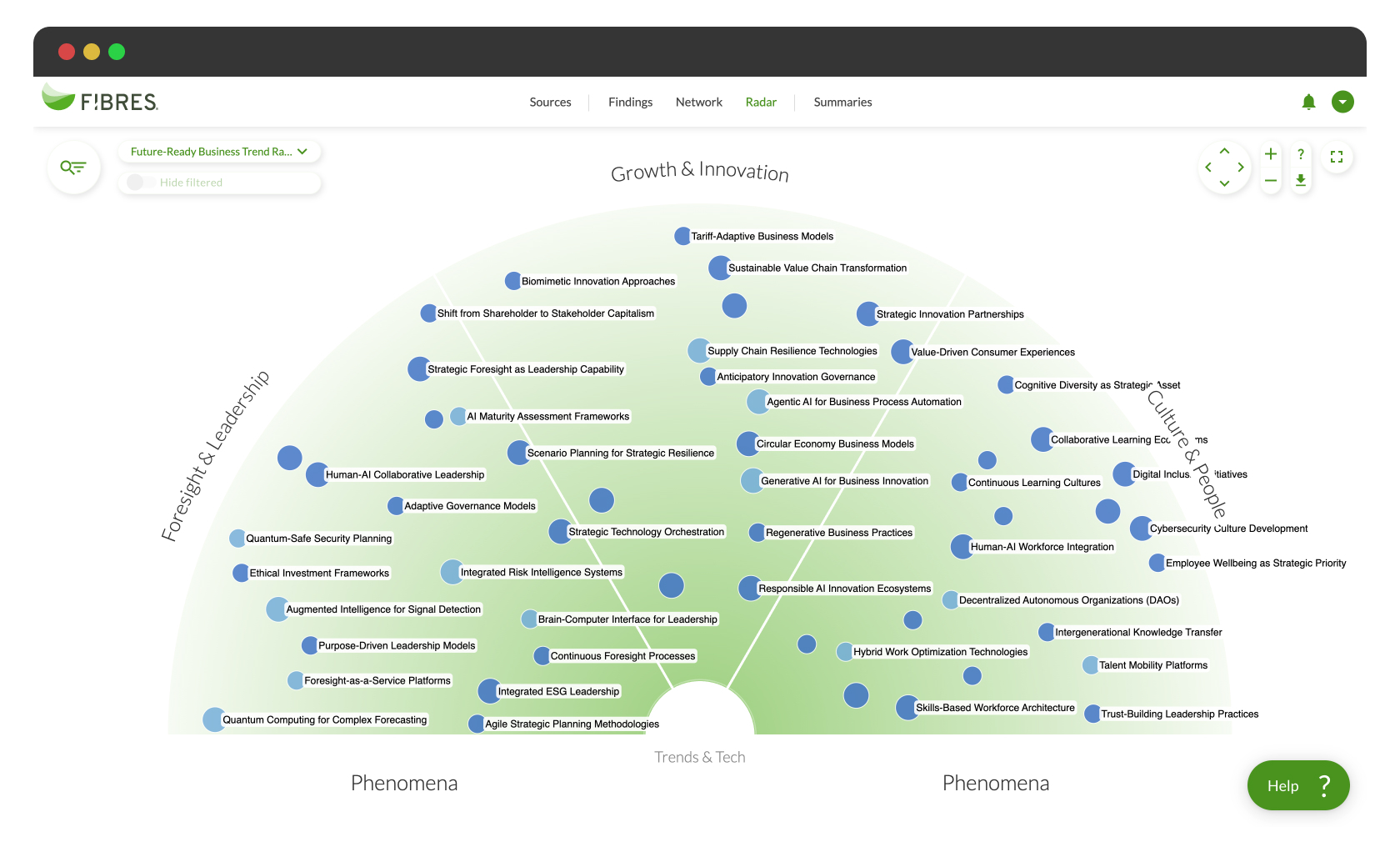
This year, at Nordic Business Forum 2025, the slogan “Moving Forward” is a call to action! It highlights foresight, growth, and culture as critical drivers of organizational success. Inspired by this, and to support leaders in making sense of the emerging forces shaping these areas, we’ve created the Future-Ready Business Trend Radar.
Read now →From insight to impact: The evolution of the foresight role

The truth is, foresight has long been treated as an accessory, not a necessity. Teams worked hard to produce thick reports, build scenarios and analyze trends, but too often the work stayed on the shelf. Leaders would skim, nod politely, and move on to the next pressing issue, often an operational one. Foresight felt detached from the real conversations that actually shaped strategy.
Read now →